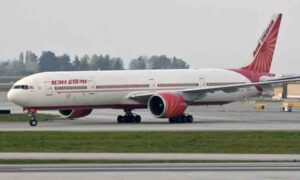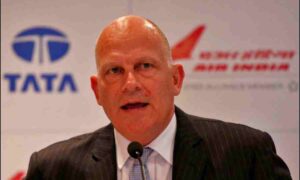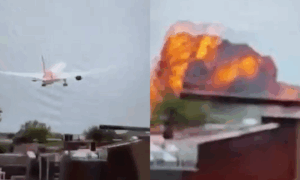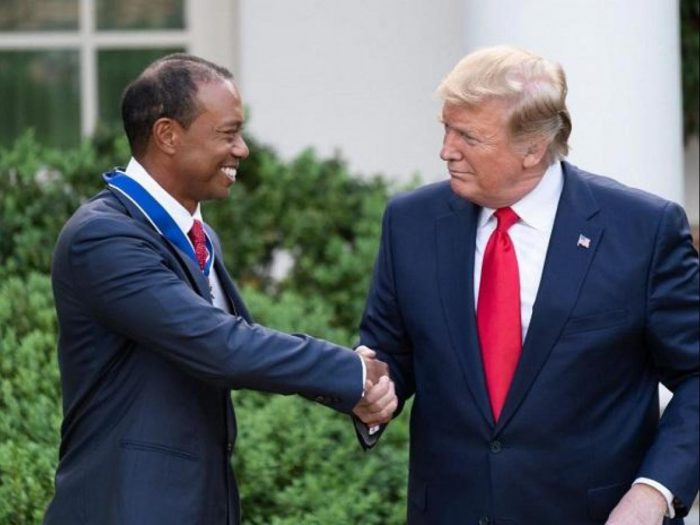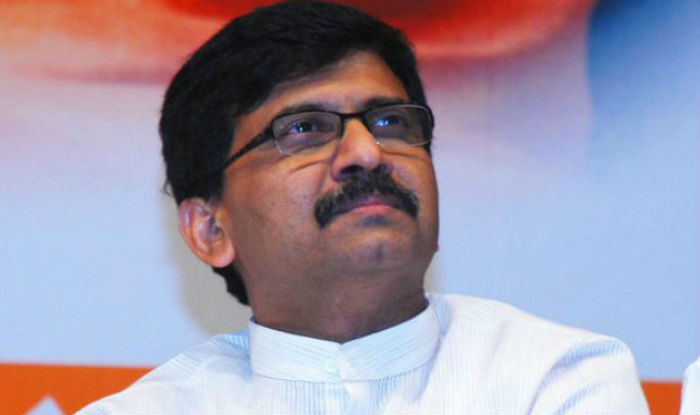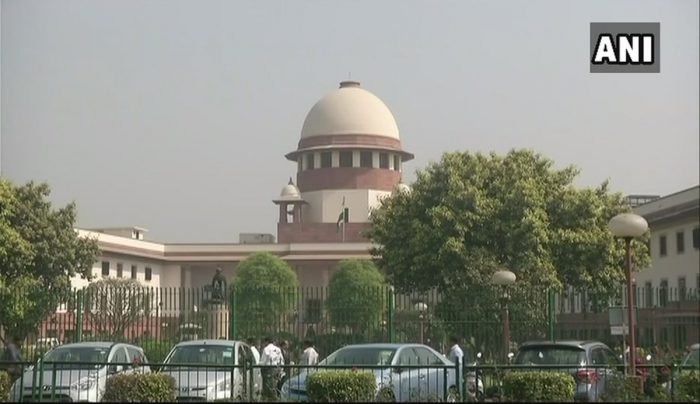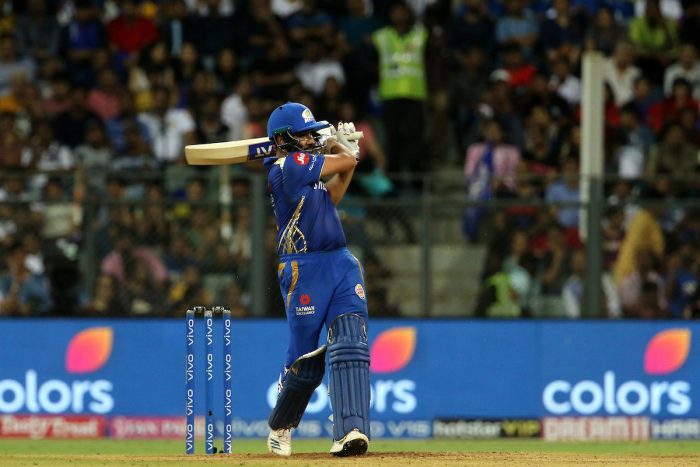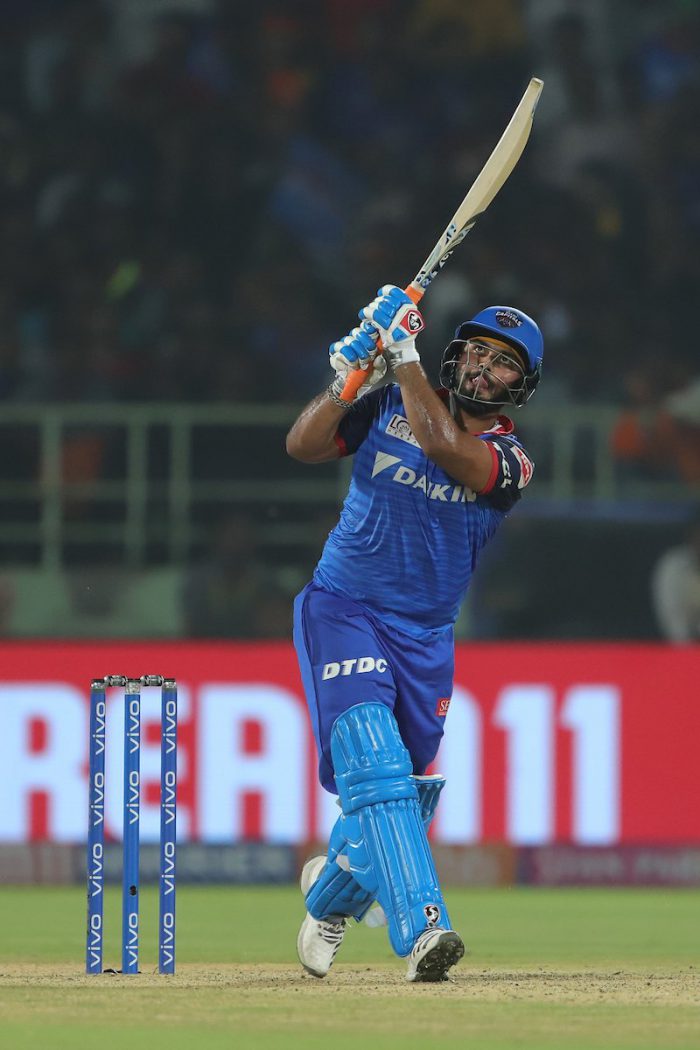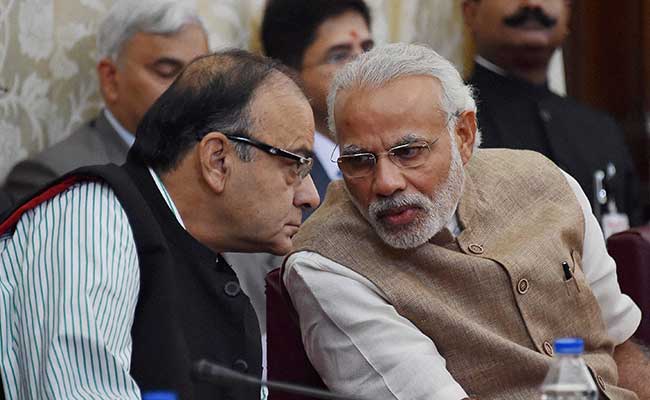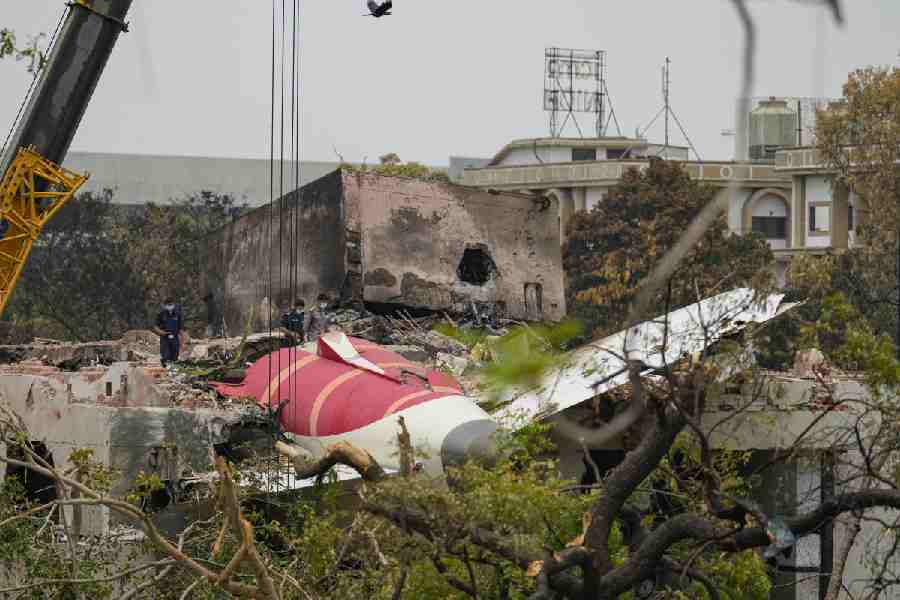
A preliminary report has found that the fuel supply to both engines of Air India flight AI171 was cut off within a second of each other, causing confusion in the cockpit and the airplane plummeting back to ground almost immediately after taking off.
The 15-page report says that in the cockpit voice recording, one unidentified pilot asked the other why he had cut off the fuel, which the other denied.
On June 12, the London-bound Boeing 787 Dreamliner began to lose thrust almost immediately after taking off from the Ahmedabad airport and ploughed into a medical college hostel, killing all but one of the 242 onboard and another 19 on ground in the deadliest aviation accident in a decade.
According to a chronology laid out in the report by Aircraft Accident Investigation Bureau, both fuel control switches – which are used to turn the engines off – were moved to the cutoff position almost immediately after takeoff. The report however did not say how this happened or who did it.
Soon after both fuel cutoff switches moved from RUN to CUTOFF, one second apart, a RAT pump was deployed to supply hydraulic power as both engines fell below minimum idle rate.
About 10 seconds later, Engine 1 fuel cutoff switch moved to its so-called RUN position, followed by Engine 2 four seconds later. The pilots managed to relight both engines, but only Engine 1 recovers while Engine 2 failed to build up enough power again to reverse deceleration.
One of the pilots issued a “Mayday, Mayday, Mayday” distress call but before air traffic controllers could get a response about what had gone wrong, the plane crashed just outside the Ahmedabad airport boundary having grazed some trees before plunging into a hostel packed with students.
At the time the aircraft took off, the co-pilot was flying the plane, while the captain was monitoring.
The time between the takeoff and the crash was only about 30 seconds.
The preliminary report by AAIB released on Saturday, recommended no action for now for the operators of Boeing 787-8 planes.
“The aircraft achieved the maximum recorded airspeed of 180 Knots IAS at about 08:08:42 UTC (13.38 IST) and immediately thereafter, the Engine 1 and Engine 2 fuel cutoff switches transitioned from RUN to CUTOFF position one after another with a time gap of 01 sec,” the report said.
As per the report, the engine N1 and N2 began to decrease from their take-off values as the fuel supply to the engines was cut off.
“In the cockpit voice recording, one of the pilots is heard asking the other why did he cutoff. The other pilot responded that he did not do so,” it said.
Almost immediately after the plane lifted off the ground, CCTV footage shows a backup energy source called ram air turbine (RAT) had deployed, indicating a loss of power from the engines.
The report provided only a limited picture of the interaction between the two pilots in the flight deck and also did not say how the switches could have flipped to the cutoff position during the flight.
Normally, flipping to cutoff, which almost immediately cuts fuel supply, is often used to turn engines off once a plane has arrived at its airport gate and in certain emergency situations, such as an engine fire. The report did not indicate there was any emergency requiring an engine cutoff.
The report said both fuel switches were found in the run position at the crash site and that there had been indications of both engines relighting before the low-altitude crash.
In a statement, Air India said that it “stands in solidarity with the families and those affected” and “[continues] to mourn the loss” of those killed in the accident.
Air India said it was “working closely with stakeholders, including regulators” and “continue to fully cooperate with the AAIB and other authorities as their investigation progresses.”
On its part, Boeing said: “Our thoughts remain with the loved ones of the passengers and crew on board Air India Flight 171, as well as everyone affected on the ground in Ahmedabad. We continue to support the investigation and our customers.”
The US National Transportation Safety Board noted that there were no recommended actions in the report aimed at operators of Boeing 787 jets or the GE engines.
The ill-fated flight was commanded by Sumeet Sabharwal, 56, a veteran with 30 years of experience at Air India. He had logged 15,638 flying hours, including 8,596 on the Boeing 787. He was also an Air India instructor. His co-pilot was Clive Kunder, 32, who had 3,403 hours of total experience, with 1,128 on the Dreamliner.
Kunder was the pilot flying, while Sabharwal was the pilot monitoring.


